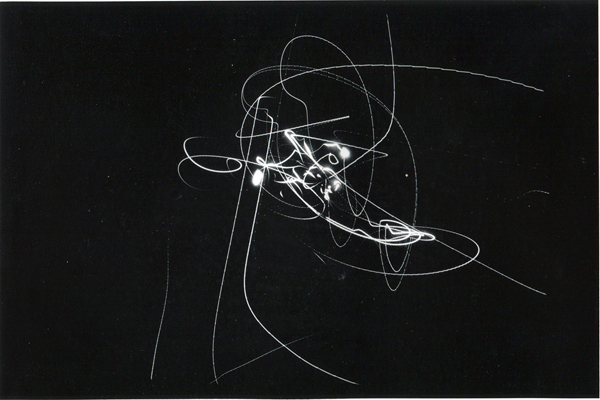Centre Pompidou

Has everything today become a network? From the birth of the information society in the postwar years, to the ubiquity of the global network with the Internet, the network is weaving its web everywhere, in space and time. At the heart of societal issues and artistic changes, it continues to multiply. At a time of environmental crisis, the first network is also that of living things, where humans give themselves in coexistence with other species. Around a hundred works, from the 1940s to the present day, are exhibited here, including several especially designed for the exhibition: some reactivate missing networks, such as the "Minitel" device, while others are connected in real time to the Internet, cryptocurrency networks, as well as social media platforms, such as Twitter.
This exhibition begins with the architectural utopias of the post-war period. The notion of "global network" is then found in artistic practices around cybernetics, at the same time as the information society is emerging. In the 1980s, the computer network became the artistic medium with telematic art and then Net.art, ten years later: artistic practices develop into a network, in a political and ubiquitous dimension.
After the emancipatory utopia of the network, the artists critically question its effects linked to a surveillance society, the omnipresence of social networks and the emergence of blockchains, in an invisible, even occult, dimension of the network. A return to the very etymology of the word "network", namely "net" and "knot", will be explored, explaining the role of reticulations in art, design, and architecture. Finally, the first network is the living, characterized by self-organization. Faced with the environmental crisis, the intertwined history of living things opens up new artistic, post-anthropoceneic ecologies, which integrate principles of interdependence and continuity between forms of living things.
The artists of the exhibition
Marie-Sarah Adenis; Alice Anderson; Archigram; Neïl Beloufa; Andrea Branzi; Heath Bunting; Constant (Constant Nieuwenhuys); Simon Denny; Diller Scofidio + Renfro; Elizabeth Diller (Diller Scofidio + Renfro), Laura Kurgan (Columbia Center for Spatial Research) & Robert Gerard Pietrusko (Warning Office); Günther Domenig & Eilfried Huth; Louise Drulhe; Uta Eisenreich; David-Georges Emmerich; EcoLogicStudio (Claudia Pasquero & Marco Poletto); Lars Fredrikson; Yona Friedman; Gjertrud Hals; Sheila Hicks; Isidore Isou; JODI (Joan Heemskerk & Dirk Paesmans); Hella Jongerius; Allan Kaprow; Ugo La Pietra; František Lesak; Mark Lombardi; Giulia Lorusso avec Benjamin Lévy (Ircam); Jill Magid; Leonardo Mosso; Serge Mouille; MVRDV; Trevor Paglen; PAMAL_Group; Julien Prévieux; RYBN. ORG; Tomàs Saraceno; Alan Saret; Nicolas Schöffer; Robert Smithson ; DRIFT (Lonneke Gordijn & Ralph Nauta); Studio Formafantasma (Andrea Trimarchi & Simone Farresin); Jenna Sutela; Mika Tajima; Team X; Samuel Tomatis; Katja Trinkwalder & Pia-Marie Stute; Thewrong.org; Richard Vijgen; Addie Wagenknecht; Marcel Wanders; Daniel Widrig; Ulla Wiggen.
More information here
Centre Pompidou
Place Georges-Pompidou
75004 Paris